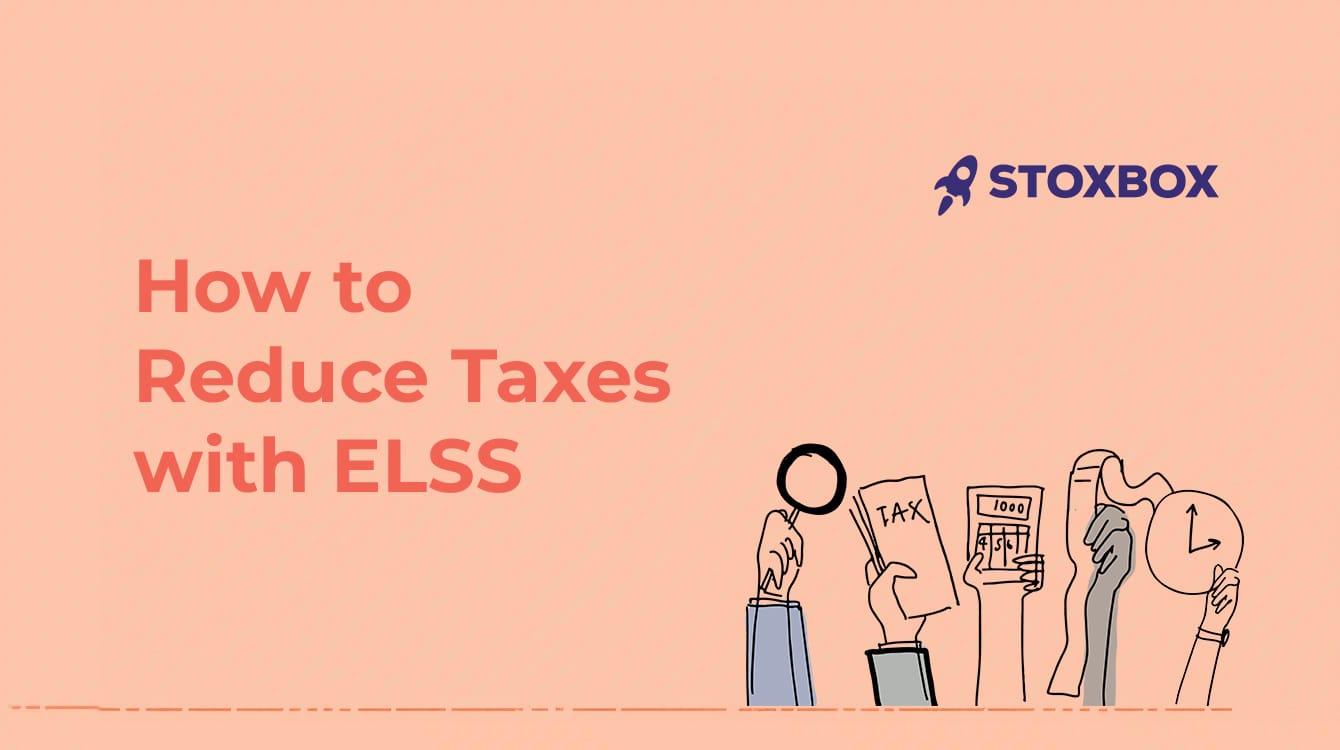Tax benefits of investing in ELSS
Did you know that some investments can have the dual benefit of growing your wealth and reducing tax liability? In this article, we delve into one such investment option—Equity-Linked Savings Scheme.
One of the direct outcomes of investing money is the growth of wealth. Investments also unlock tax benefits, which can help investors generate higher value from them. The Equity-Linked Savings Scheme (ELSS) is such an instrument where wealth is generated directly through equity investments and indirectly through tax saving. Let us now explore how ELSS offers these advantages.
Understanding ELSS
As the name suggests, ELSS is a type of mutual fund that invests chiefly in equity/equity instruments. The investment is locked-in for three years and cannot be withdrawn before the completion of the designated time period. Section 80C of the Income Tax Act approves the tax-saving benefit of this investment. It’s a win-win for investors— unlocking the potential for higher returns through equity investments and tax benefits.
Tax Benefits of ELSS
ELSS offers a two-fold tax benefit. Investors can claim a deduction of up to Rs 1.5 lakh per financial year from the gross total income by investing in ELSS, thereby reducing the taxable income and the resulting tax liability. Further, the returns of ELSS are subject to Long Term Capital Gains (LTCG) tax since the funds are invested in equity instruments. For ELSS, LTCG of up to Rs 1 lakh in a financial year is tax-free and any gains exceeding this are taxed at a flat rate of 10%, without an ascending slab rate. This makes ELSS not only tax-saving but also tax-efficient and an intelligent choice for investors.
Advantages of investing in ELSS
ELSS indeed presents a very lucrative investment option since it provides a host of benefits to investors.
Potential for Higher Returns: In the long-term, ELSS harnesses the potential of equity investments to yield higher returns, which can even exceed alternate tax-saving investment options.
Higher liquidity: The three-year lock-in period of ELSS is shorter than that of other tax-saving instruments, making it a more liquid option (that can be quickly converted to cash) that is easily accessible for investors.
Allowing Systematic Investments: It is not essential to invest a lump-sum in ELSS funds to enjoy higher returns. ELSS gives investors the flexibility to invest through a Systematic Investment Plan (SIP), allowing them to invest small amounts periodically. This helps in encouraging a disciplined investment habit and allows investors to benefit from rupee cost averaging in the long-term.
Diversification: A significant potential risk of equity investments is having a closed portfolio, which is easily impacted by sectoral and market volatility. ELSS funds are invested in a diversified portfolio of stocks with varying degrees of risk across different sectors and market capitalisations. This offers a cushion against stock market volatility and yields higher returns.
A word of caution before investing in ELSS
Having explored the benefits of investing in ELSS, it is equally important to take a glance at the potential risks for investors to get a complete picture.
High financial risk: ELSS is susceptible to market risks of equity investments. It is therefore crucial to assess your risk tolerance and strategise to reduce the impact of such risk before investing.
In-depth research and guidance: Although ELSS appears an extremely attractive investment option, researching and choosing a fund can make or break the growth of your wealth. It is advisable to research and select a fund with a consistent performance history and seek the support of a reputable fund management team to put you on the right track.
Long-term thinking: It is recommended that investors let the fund grow and compound beyond the stipulated three year period to reap the potential for higher returns.
Conclusion
It is without a doubt that ELSS investments are compelling for investors looking to maximize the tax benefits resulting from their investments. However, it is equally important for investors to assess whether the other features of ELSS align with their financial goals before choosing to invest in it. Seeking the guidance of financial advisors and thorough research are therefore strongly recommended.
You might also Like.
Union Budget 2025-26 Impact on Sectors
Edit Announcement Impact Companies Enhancing the credit guarantee cover for...



